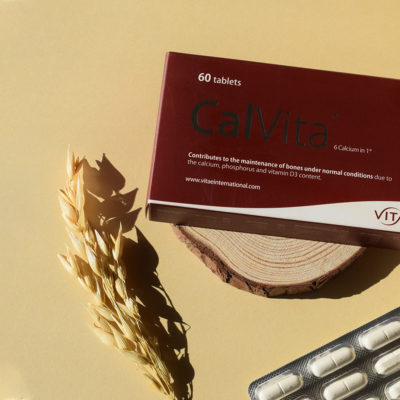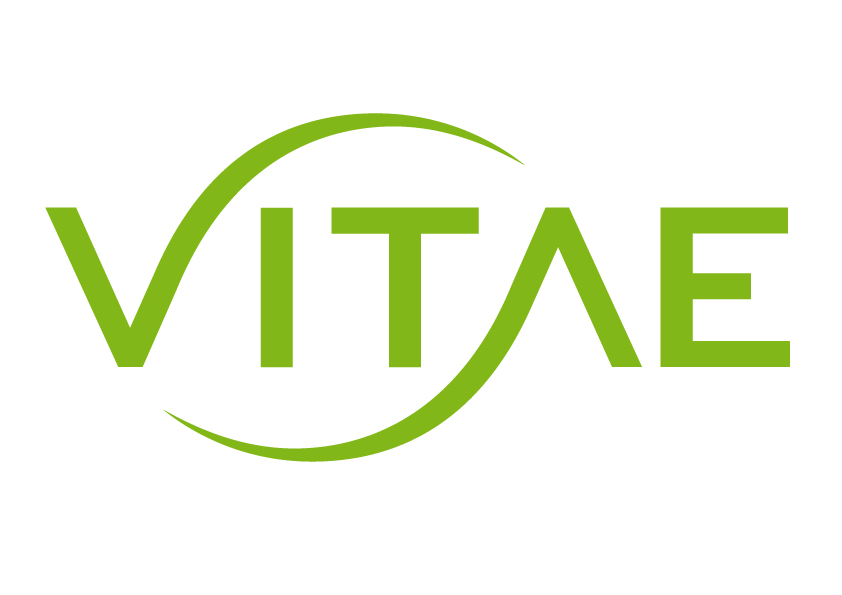Menopause is a very important life stage of a woman, since there are significant changes that can affect both physically and psychologically, so it is very important to be prepared and work on prevention. Specifically, a common characteristic in all women is the sudden drop in estrogens and progestogens, responsible for a large part of the physiological changes experienced during this stage.
Dr. Helena Rutllant, head of our oncology line and a nutritionist (Clínica Corachan de Barcelona) talks about the physical and psychological changes that can be experienced during menopause and how to prevent them.
- -At a certain age, the first symptoms of menopause start to appear and with them all the changes that this new vital stage implies. What happens when we reach menopause?
The word menopause only means last menstruation, therefore, it is the transition period between the reproductive stage to the non-reproductive one. Obviously the menopause will mark the cessation of menstruation. We can know that it is the last one when none appears for 12 months.
It is a vital period in a woman’s life regulated by the decrease in ovarian activity and, therefore, it will be characterized by a decrease in the production of estrogens and progestogens, whose deficit will mark the appearance of a series of symptoms or pathologies.
During this stage we can find:
- Vasomotor symptoms: sweating / hot flashes, palpitations…
- Psychological / emotional symptoms: emotional lability, anxiety, depression, asthenia, fatigue and sleep disorders
- Osteopenia, osteoporosis
- Difficulty controlling weight
- Dry skin and mucous membranes
- Alopecia, nail disorders…
- Digestive disorders
- As you mentioned, one of the ailments that may appear is osteoporosis. What exactly is osteoporosis and why does it occur during this stage?
We could define osteoporosis as a loss of bone mass that ends up compromising the strength of the bone, producing a greater risk of fractures in the event of falls or serious bruises.
The previous step is osteopenia where we would already see a decrease in bone mineral density, although not all women with osteopenia will necessarily end up with osteoporosis. For this reason, an early diagnosis is very important to prevent the transition to a more serious form of bone demineralization.
The cause of both (osteopenia and osteoporosis) is the lack of estrogens that will cause a lack of calcium in the bones.
It should be noted that during the first 5 years of menopause, even 5% of bone mass can be lost.
- Is there a way to prevent osteoporosis?
We have to be aware that perimenopause can last for 5 years, so that any preventive action during this period will be of vital importance in order to prevent or delay the appearance of a some diseases.
Specifically, there are three basic pillars to avoid or prevent osteoporosis: physical exercise, a varied and balanced diet with the presence of foods rich in calcium and correct levels of vitamin D.
- If we have not arrived on time, what do we have to do to alleviate this pathology?
First of all, we must assess whether we are in a situation of osteopenia or osteoporosis.
It is always important that the above mentioned points are met, so if we do not exercise we will try to incorporate this habit into our life, according to our individual situation (there are a wide variety of activities) and we will analyze our diet in detail. As a point, mention that the need for calcium from the age of 50 increases to 1.2-1.5 gr / day.
As for foods rich in calcium, we would highlight:
- Dark green leafy vegetables (watercress, kale, etc.)
- Sesame (can be taken in the form of tahini, as a dressing in salads, vegetable creams, etc.)
- Dairy
- Nuts (almonds, hazelnuts, dried figs, etc.)
- Broccoli
- Chickpeas, beans, tofu …
- Sardines, salmon…
- Eggs
- Mushrooms
It is also important to know that diets rich in salt and / or with excess phosphorus (carbonated drinks and cola, processed foods with a large amount of additives, etc.) will cause a decrease in the absorption of calcium, especially if we have low levels of vitamin D. In this case, we must supplement ourselves appropriately and sunbathe for 10 minutes a day. This vitamin has receptors in 30 cells of our body, with which having optimal levels will allow us to satisfy all the body’s needs correctly.
In case of suffering from osteoporosis, apart from the three previous steps to follow, we should ensure that the calcium that circulates in the blood serves to mineralize the bone, and therefore, after a correct anamnesis, the addition of vitamin K could be advised together with vitamin D.
- Regarding the symptoms that menopause triggers, what type of treatments are available?
As I have already said, the symptoms are very varied, each patient will have to be assessed individually and depending on the needs the protocol will be different.
What is common to all women in the menopausal stage is the deficit of estrogens and progestogens and depending on the intensity of the symptoms, the needs of each woman, the history of previously suffered pathologies and the healthcare professional, we can indicate replacement hormonal treatments, treatments with phytoestrogens, exclusively symptomatic treatments, etc.
Each woman and each patient is a world, so it is important to carry out a personalized 360º diagnosis that encompasses the entire state of health and lifestyle of the person.





